US Presidential election 2020: A definitive guide to November 3
This year’s presidential election will be one of the most watched and controversial in US election history – regardless of who wins. Here’s what will happen on the day.
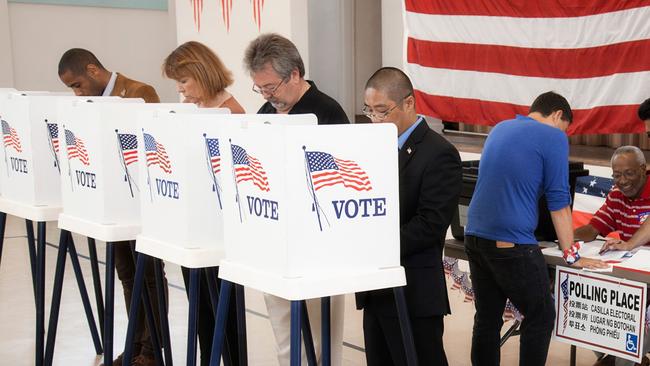
This year’s presidential election, while following the same rules as preceding elections, will be one of the most watched and controversial in US election history – regardless of the winner.
Here’s a guide to what will be happening on the day.
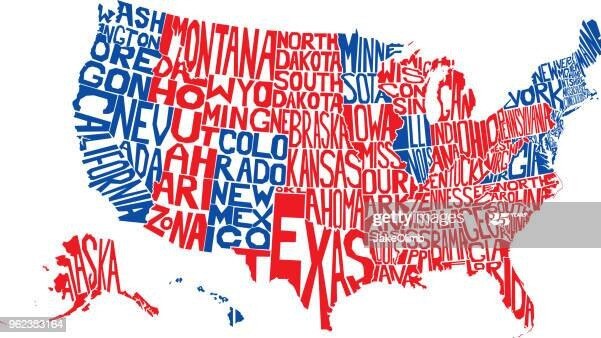
When is the US presidential election?
The US presidential election is always held on the Tuesday after the first Monday in November. This year’s election is held on Tuesday Nov 3 US time (Wednesday November 4 AEDT).

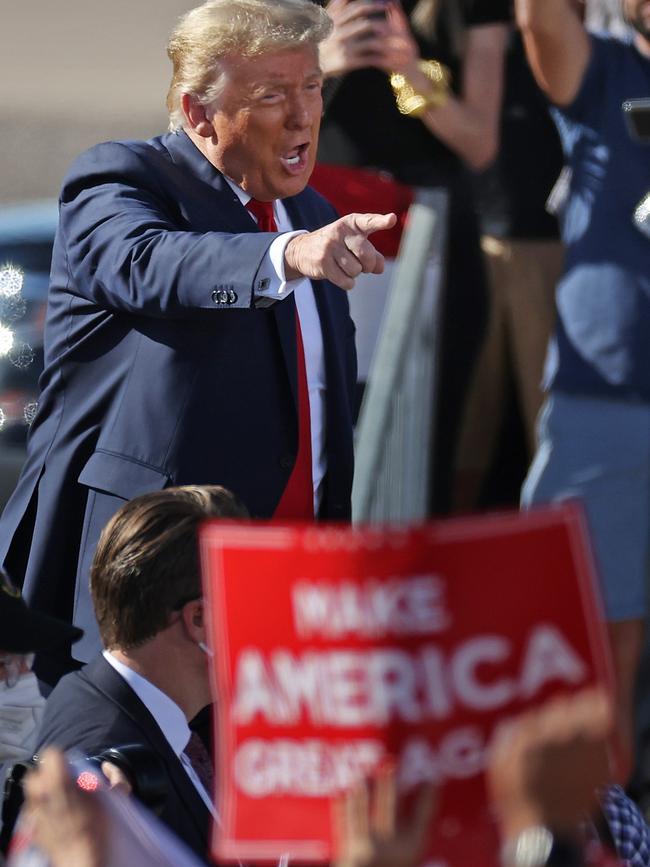
Thanks mainly to the coronavirus pandemic, Americans have voted in record numbers: at least 74 million have already cast their ballot – around 50 per cent of the total number of people who voted in 2016. It is likely that the loser in this year’s election will get more votes than the winner in 2016.
This means the majority of ballots will almost certainly be cast before the election for the first time in US electoral history; and it will also influence which states decide the contest.
Donald Trump has been claiming that mail-in voting is prone to fraud and while that claim is questionable, it is true that the large number of postal ballots could cause delays in the final count.
How is the winner decided?
Donald Trump and Joe Biden are competing to win the most amount of electoral college votes. There are 538 electoral votes available and the rivals will need to win a majority of 270 to be declared president.
How does the electoral college work?
The electoral college was introduced by the founding fathers, who feared that a popular vote would mean the larger states were unfairly represented.
Each of the 50 US states and Washington DC is given a set number of ‘electors’, roughly proportionate to its size and number of congressional districts. Each state gets at least three electoral votes (the minimum number of representatives and senators) and Washington DC also has three electoral college votes.
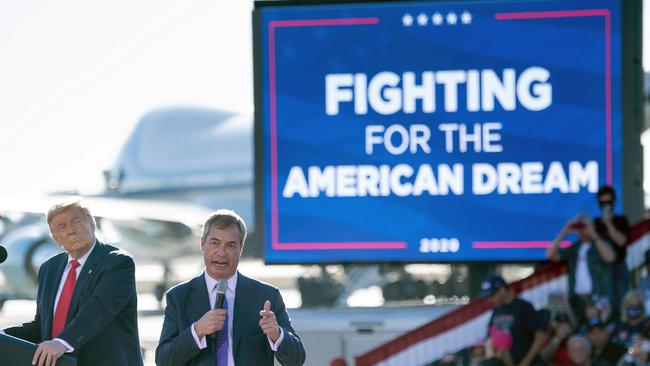
In total, there are 538 electors; the four states with the greatest number are California, the largest state, with 55 electoral votes (representing its 53 congressmen and two senators); Texas, the next largest, with 38 and New York and Florida with 29 each. In normal times all eyes would be on these states to see which way the electoral college falls but the huge number of people using mail-in ballots makes the picture more cloudy. However Florida, a key swing state, will be one of the crucial states to watch.
All states except for Maine and Nebraska use a winner-takes-all system of voting so whoever wins the most votes takes the entire haul of electoral college votes. Maine and Nebraska use the ‘congressional district method,’ allocating two electoral votes to the state popular vote winner and one to the popular vote winner in each congressional district (two in Maine, three in Nebraska). This creates multiple popular vote contests in these states which can lead to a split electoral vote.
The electoral college system usually reflects the popular vote but not always. Famously, Hillary Clinton won the popular vote in 2016 but lost the election, only the fifth time in US history this has happened.
What are the key battleground states?
The main swing states are North Carolina, Florida, Michigan, Wisconsin, Arizona, Texas and Pennsylvania. Arizona and Texas are traditionally strongly Republican but this year increasing support for the Democrats has turned them into battlegrounds.
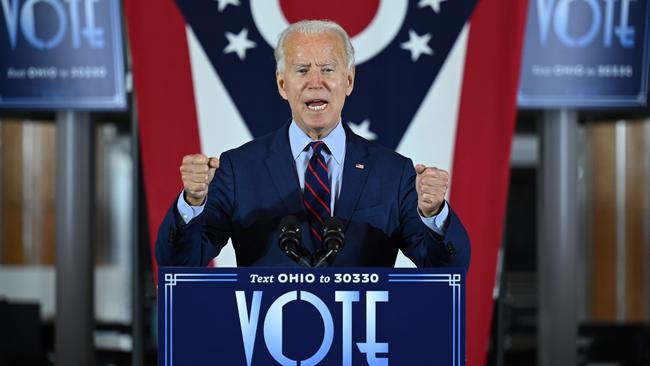
In 2016 Donald Trump won North Carolina by 3.66 per cent of the vote, Florida by 1.2 per cent, Michigan by just 0.23 per cent, (the narrowest margin of any state in 2016), Wisconsin by 0.77 per cent (turning the state red for the first time since Ronald Reagan won it in 1984), Arizona by 3.5 per cent and Pennsylvania by 0.72 per cent (the narrowest margin for the state since 1840).
Donald Trump won Texas by 9 per cent in 2016, but increased voting in the Democrat leaning cities of Houston, Dallas, Austin, San Antonio and Fort Worth will make the state harder for him to hang onto. Mr Trump also won Ohio by an 8.13 per cent margin but Joe Biden has been making inroads in state polling here too.
What else will Americans be voting for?
Americans will also be voting for members of the House of Representativies and the Senate. All 435 seats in the House are up for grabs this year while 33 Senate seats will be voted on. At present, the Democrats hold the majority in the House by 235 to 199, while the Republicans control the 100 seat Senate by 53 to 47. To take control of the Senate, the Democrats would have to hold on to all of their 47 seats and add four more, or three more if Joe Biden wins the White House (in the event of a tie, the Vice-President can cast a vote in the Senate).
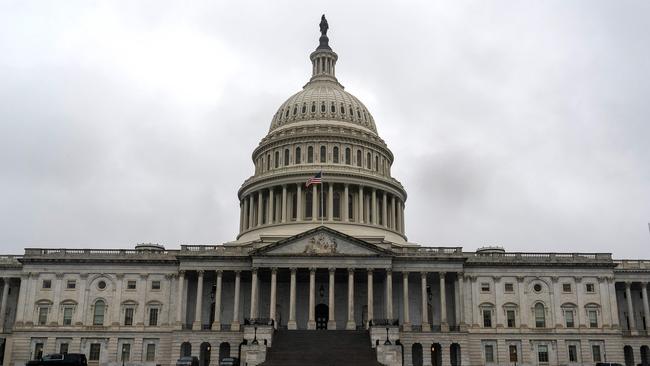
This would be tight for the Democrats, especially as they’re expected to lose the deep red Alabama, where their seat is held by Doug Jones, who won it in a 2017 special election after reports the Republican candidate Roy Moore had sexually harassed a young woman decades earlier.
However, the momentum for a Democrat controlled Senate and House is growing. Joe Biden and his running mate Kamala Harris are also spending time in key Senate battleground states in the final stretch, including Georgia, Texas, and Iowa — states they don’t necessarily need to win the White House. So it will be tight, but it is possible that the Democrats end the night controlling both Senate and House of Representatives.
What times do polls close and when do we get the results?
Polls will close in Indiana (East) and Kentucky (East) at 9am (AEDT), the first states to do so. At 10am Indiana central and Kentucky central will close and we should have their results shortly afterward.
By 11am the key swing states of Florida, North Carolina, Ohio and Pennsylvania will have closed and most polls will have closed by 12pm (AEDT) with just a handful remaining open until 4pm (AEDT). Alaska is the last state to declare.
The results for North Carolina, Texas, Maine, New Hampshire and Florida as well as a number of non swing states are expected to be clear within hours but the large number of postal ballots makes everything unpredictable.
When will the mail-in ballots be counted?
Most states allow election workers to start processing mailed ballots before election day but some swing states, notably Pennsylvania and Wisconsin, can’t start counting until election day, making those states slower to report their results.
Certification (the formal process of making election results official) varies state by state. Six states – Delaware, Louisiana, Oklahoma, South Dakota, Vermont and Virginia have certification deadlines within a week of the election. But the District of Columbia and 26 states, including six key swing sates – Arizona, Florida, Michigan, North Carolina, Ohio and Pennsylvania have set their deadlines between November 10 and November 30. Fourteen states, including the key swing state of Wisconsin, as well as New York, Texas and California, have certification deadlines in early December while four states – Hawaii, Rhode Island, Tennessee and New Hampshire – have no certification deadline.
However each state must adhere to what is known as the safe harbour deadline, the day by which all contests or controversies about the results must be resolved. The safe harbour deadline this year is set for December 8. In Florida’s infamous ‘hanging chad’ controversy in the 2000 contest between George W Bush and Al Gore, the Supreme Court ended up ruling on whether to extend the safe harbour deadline. It voted against and Mr Bush narrowly won the election.
What happens next?
Under federal law, under the Electoral College process, the 538 electors who have been selected by each state must cast their votes on December 14 for president and vice president.
The president will be inaugurated on Wednesday January 20, 2021.







To join the conversation, please log in. Don't have an account? Register
Join the conversation, you are commenting as Logout